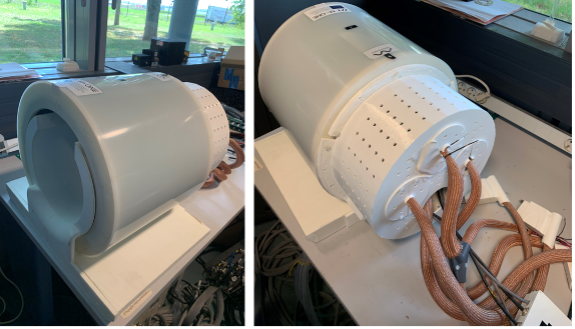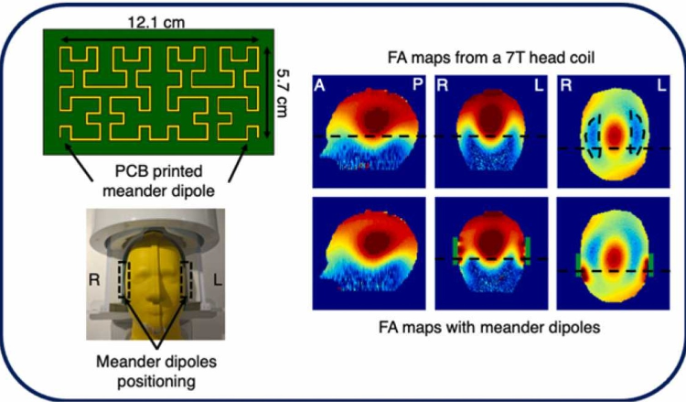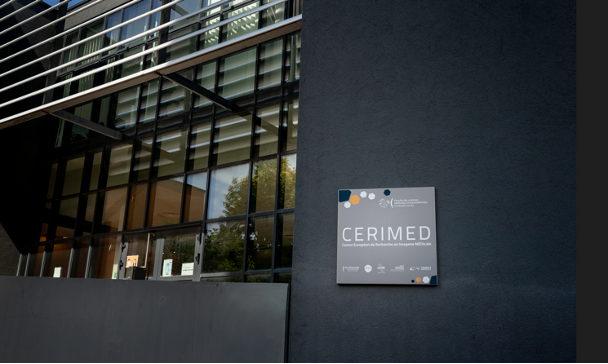
Surface integral approaches
Farzad Jabbarigargari and Cristophe Craeye
13.01.2021
Integral-equation approaches are preferred when the media are piecewise homogeneous. This is true in general for man-made objects, such as antennas, MRI tunnels, and metamaterials. In the case of the human head if we can distinguish between different organs, like brain, eyes, (figure 1), surface integral approaches could be used to observe whether inside the organs or outside.
In the method of moments, unknowns are considered as the equivalent electric and magnetic surface currents on the interfaces. They are obtained by imposing boundary conditions at the same interface without using the absorbing conditions.
In the case of a bow-tie antenna around two concentric spheres, the approach developed at UCLouvain, has been used to observe the E field in the middle of the spheres. A validation with commercial software is provided, (figure 2 with validation using the CST software).
By introducing the surface-integral method, the analysis time for the whole structure has been strongly reduced, however further acceleration is still required. Like exploiting periodicity of geometry (Array scanning method), computing numerically heavy portion first and applying impedances to each port separately (Open-circuit pattern approach) or using static multipole approach to utilize multipole method in fine-mesh problems.




